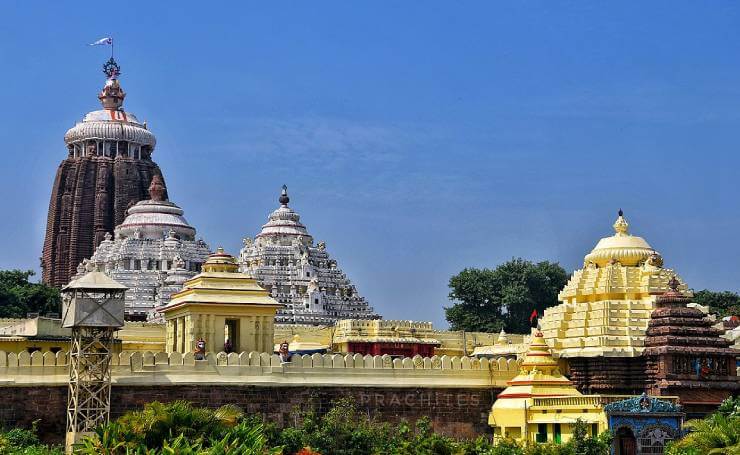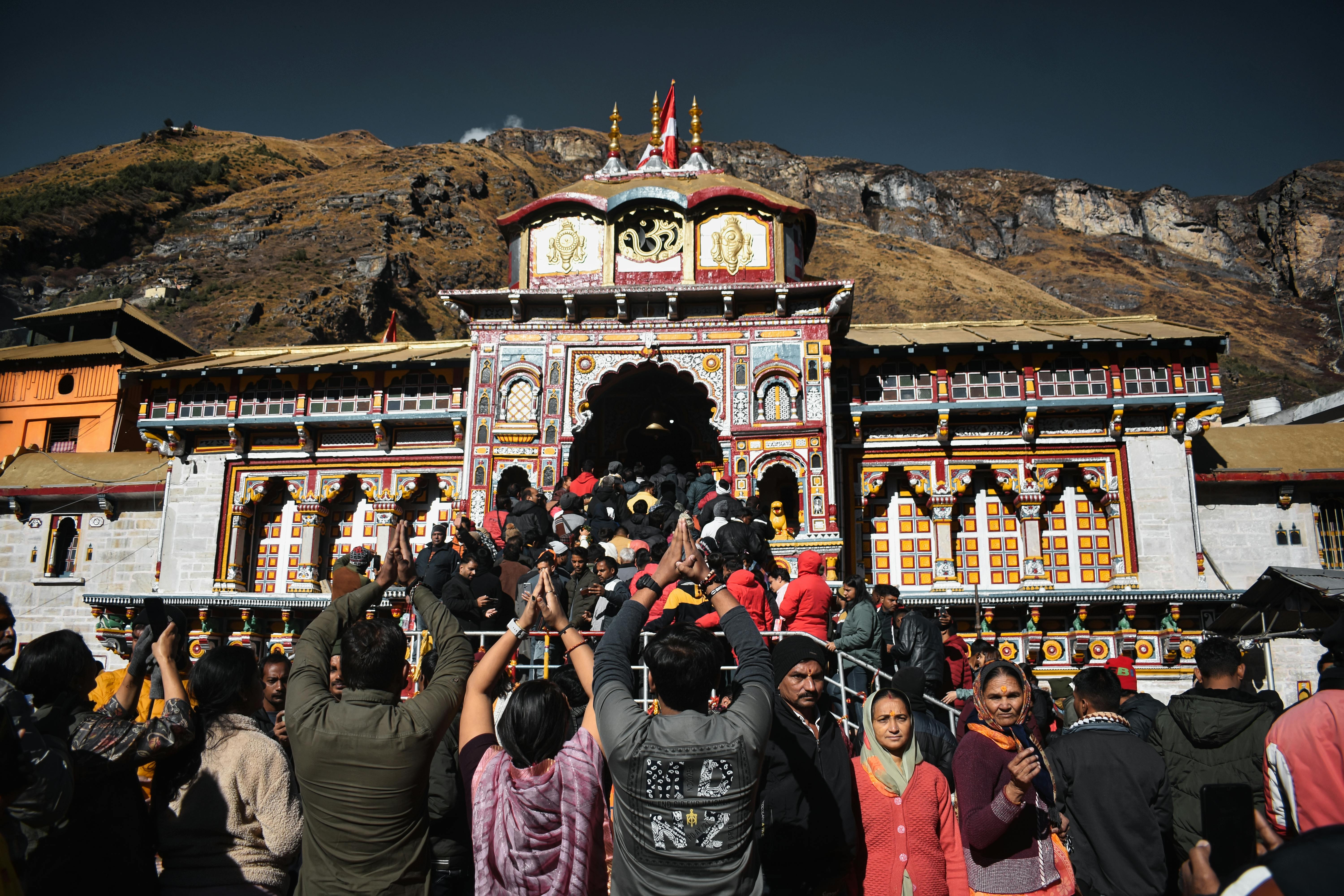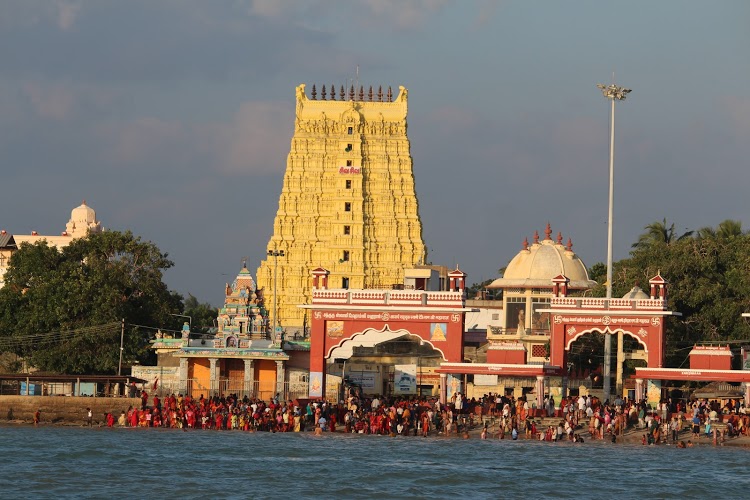The Jagannath Temple in Puri, Odisha, is not just a place of worship; it is a living legend of devotion, culture, and history. Dedicated to Lord Jagannath (a form of Lord Vishnu), the temple is one of the Char Dham pilgrimage sites and attracts millions of devotees from across the globe. Located on the eastern coast of India, Puri holds deep spiritual significance in Hinduism, with the Jagannath Temple being the most revered landmark of the city.
In this blog, we will take you on a journey through the divine realms of the Jagannath Dham Temple, exploring its history, architecture, significance, and the awe-inspiring rituals that take place here.
1. History and Significance of the Jagannath Temple
The Jagannath Temple in Puri is one of the oldest and most important pilgrimage sites in India. It is believed to have been established in the 12th century by King Anantavarman Chodaganga Deva of the Eastern Ganga Dynasty. According to legend, Lord Jagannath, along with his brother Lord Balabhadra and sister Devi Subhadra, was brought to this sacred land to protect it and bless the devotees who come here.
The temple is an integral part of the Char Dham pilgrimage circuit, along with Badrinath, Dwarka, and Rameswaram. It holds immense spiritual importance for Hindus, as visiting Puri and taking darshan (sight) of Lord Jagannath is considered a way to attain salvation or Moksha.
The name “Jagannath” is derived from “Jagat” (the world) and “Nath” (the Lord), which means “The Lord of the Universe.” Jagannath, along with Balabhadra and Subhadra, represents the supreme divine power that governs the world, and the temple is the epicenter of divine blessings and grace.
2. Architectural Marvel: The Jagannath Temple Complex
The Jagannath Temple is an architectural masterpiece that showcases the grandeur and glory of Kalinga architecture, which flourished during the Ganga dynasty. The temple complex consists of several structures, with the main temple housing the idols of Lord Jagannath, Lord Balabhadra, and Devi Subhadra.
- Shikhara (Main Tower): The towering spire of the temple, which rises to 214 feet, is a symbol of the divine connection between the earthly and heavenly realms.
- The Jagannath Idol: The idols of Lord Jagannath, Lord Balabhadra, and Devi Subhadra are unique in form. The Lord Jagannath idol is not carved in the traditional humanoid shape but has a cylindrical shape with large, round eyes, signifying the omnipresent vision of the divine.
- Ratna Singhasan (The Jewel Throne): The deities are placed on the Ratna Singhasan, a sacred throne made of stone, where they are worshipped during major rituals and ceremonies.
The temple’s design is symbolic of cosmic harmony, with every aspect of its structure meant to represent the connection between the material world and the divine. The intricacy and grandeur of the architecture never fail to impress visitors and devotees alike.
3. The Rituals and Festivals at Jagannath Puri
The Jagannath Temple is known for its elaborate and colorful rituals, which are deeply ingrained in the religious practices of the region. Every year, millions of pilgrims visit Puri to take part in these rituals, the most famous being the Rath Yatra (Chariot Festival).
Rath Yatra (Chariot Festival)
The Rath Yatra is a grand annual event held during the Ashadha month (June-July) when the deities—Lord Jagannath, Lord Balabhadra, and Devi Subhadra—are taken out in a procession on massive wooden chariots. This event attracts millions of devotees, including tourists from all over the world.
The three deities are pulled through the streets of Puri on the chariots to the Gundicha Temple, symbolizing their journey to their aunt’s house. The festival is an expression of joy, devotion, and unity. The chariots are beautifully decorated, and the atmosphere is filled with chanting, singing, and dancing as the crowd pulls the chariots in a fervent display of faith.
Snana Yatra (Bathing Festival)
Another important festival at the Jagannath Temple is Snana Yatra, which takes place in June. During this festival, the deities are ritually bathed in a sacred ceremony, after which they are kept out of public sight for a few days. The devotees eagerly await the deities’ reappearance, which is known as the Niladri Bije.
Daily Rituals and Offerings
The daily rituals at the temple are meticulously planned and follow a precise schedule. These rituals include early morning worship (Mangala Aarti), midday offerings (Bhog), evening worship (Sandhya Aarti), and a night ritual (Brahma Paribartan).
The Prasad (holy offering) of Lord Jagannath, particularly the famous Khichdi, Dalma, and Pakhala (a traditional rice dish), is offered to the devotees and is considered sacred. It is believed that the food served here has divine blessings, and consuming it brings health, prosperity, and peace.
4. How to Visit Jagannath Temple Puri
Puri is well-connected by road, rail, and air, making it easily accessible for pilgrims from across the country and beyond.
- By Air: The nearest airport is Biju Patnaik International Airport in Bhubaneswar, approximately 60 km from Puri.
- By Train: Puri has a major railway station that connects it with major cities like Kolkata, Bhubaneswar, Chennai, and others.
- By Road: Puri is connected by a well-maintained road network from Bhubaneswar, Cuttack, and other neighboring cities.
Once you reach the temple, ensure you follow the prescribed guidelines, including dress code (modest attire) and the various entry points for pilgrims. The temple’s sanctum sanctorum is open to devotees, and you can witness the divine darshan of Lord Jagannath, but only after standing in long queues, particularly during the peak pilgrimage seasons.
5. Best Time to Visit Jagannath Temple Puri
The best time to visit the Jagannath Temple is during the cooler months from October to March, as the weather in Puri is more pleasant. However, for those looking to witness the grand Rath Yatra or any other major festivals, visiting during the monsoon season (June-July) can be a spiritually enriching experience.
6. Spiritual Experience and What to Expect
Visiting the Jagannath Temple is a life-changing experience for many devotees. The serene yet intense atmosphere, the chants of “Jai Jagannath,” the vibrancy of the festivals, and the feeling of unity among people from different backgrounds make it a spiritually uplifting destination.
The temple’s divine aura transcends all material boundaries, bringing people closer to the divine and reminding them of the impermanence of life and the importance of devotion and service to the Almighty.



